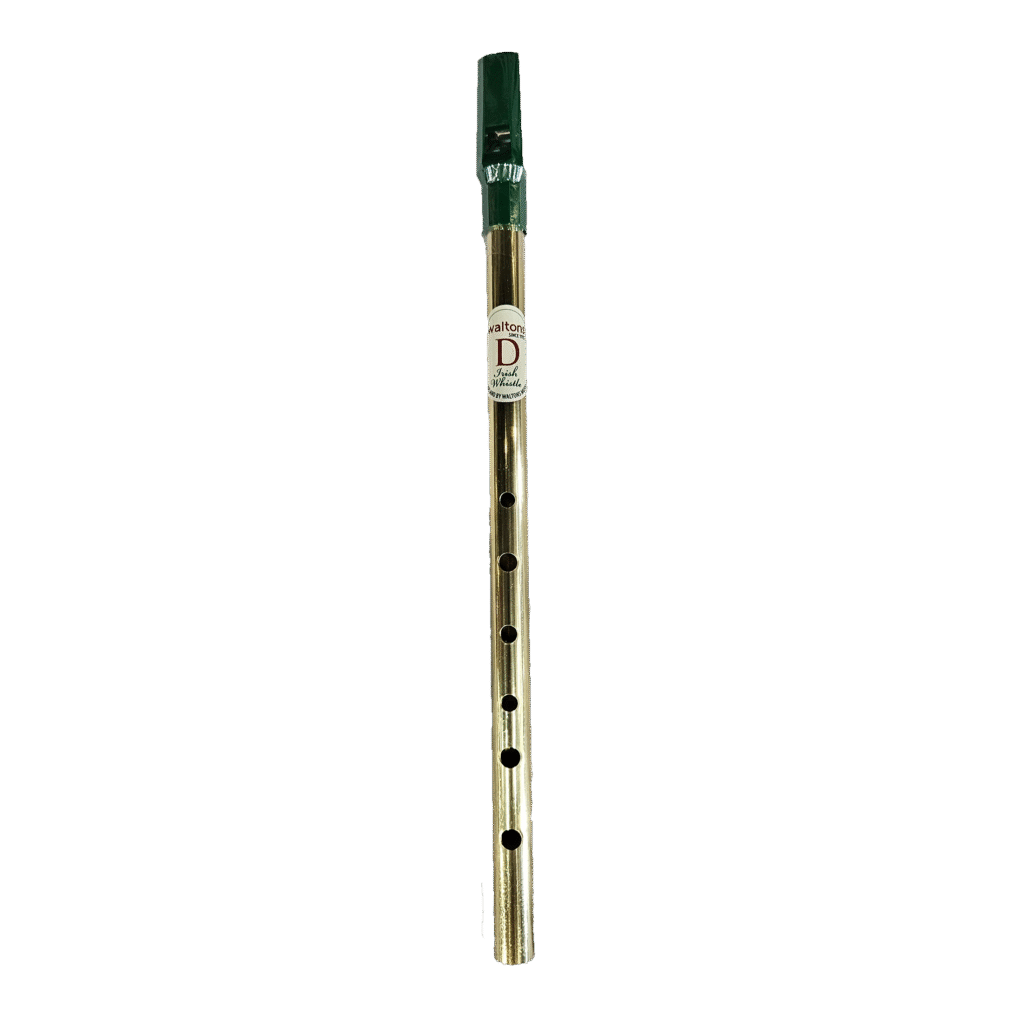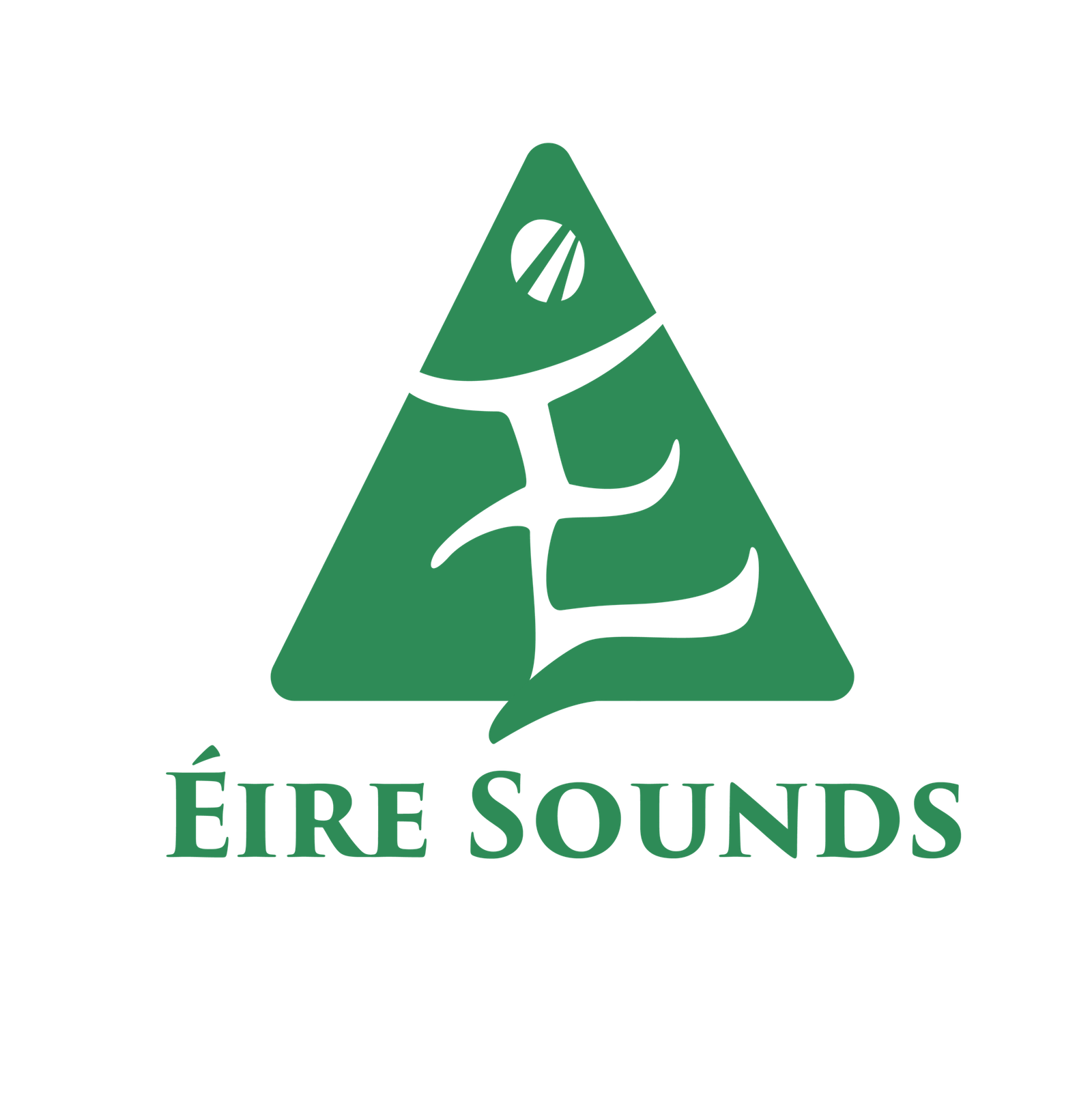- Description & Sound: A small six-holed flute with a sweet, high-pitched tone. It’s light, affordable, and widely used (The Irish Place).
- How it’s played: Blown across the fipple; six-finger holes and breath control provide dynamics and phrasing.
- Usage: Often used by beginners and session regulars for simple melodies and duet play.
- Notable Musicians: Mary Bergin, acclaimed for her solo whistle albums and teaching legacy; Seán Potts of The Chieftains, a founding whistle player (Wikipedia).
Historical Context
- Origins: The modern tin whistle developed in the 19th century, but fipple flutes (similar designs) existed in ancient and medieval Ireland.
- Accessibility: Because it was cheap and easy to play, it became known as the “people’s instrument,” especially popular with children and beginners.
- Role in Folk Culture: Used in homes, schools, and street music—often as a starter instrument before progressing to flute or pipes.
Modern Status: Although simple, it’s now recognised as a serious traditional instrument, with virtuosos like Mary Bergin helping to elevate its profile.

